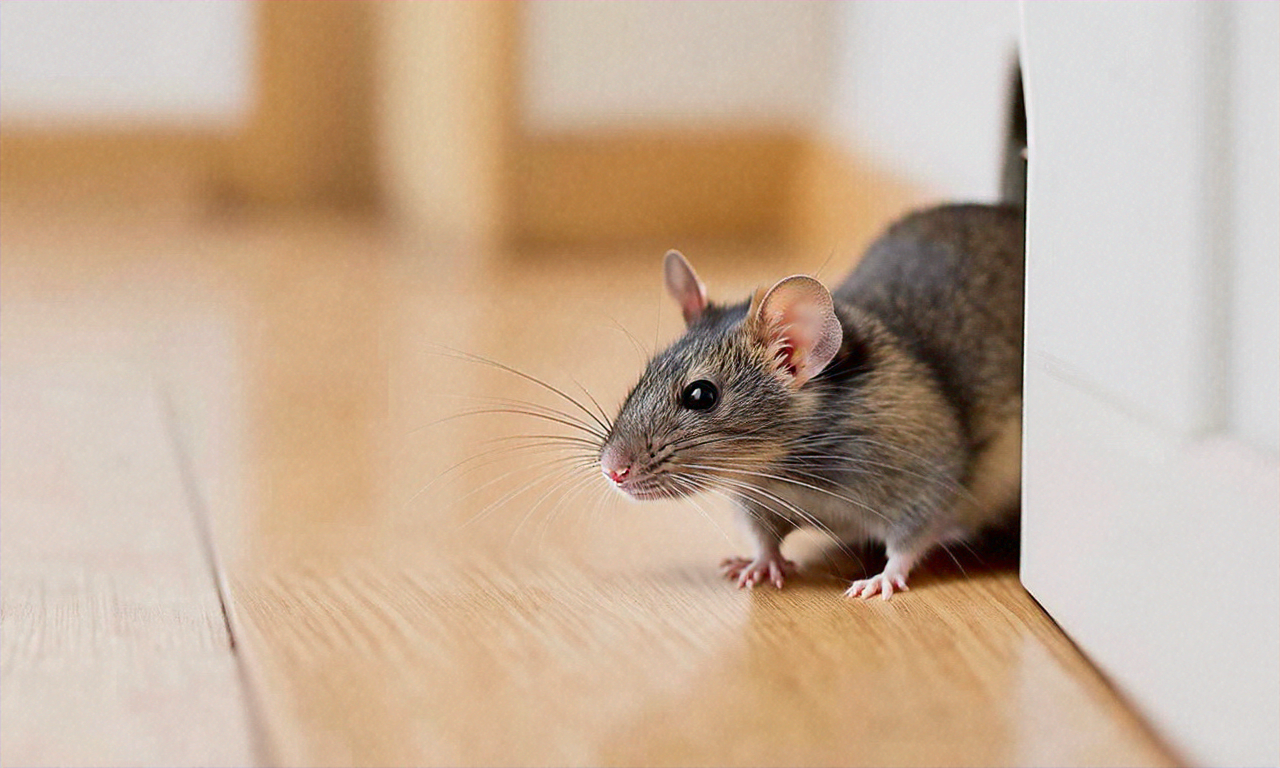The Battle Against Household Pests: Effective Pest Control Strategies
Pests can be a persistent problem for homeowners and building managers alike. From tiny insects to larger rodents, these unwelcome guests can cause damage, spread disease, and create unsanitary living conditions. Effective pest control is essential for maintaining a healthy, comfortable, and safe environment in homes and buildings. This article will explore various aspects of pest control, including common household pests, prevention methods, and professional treatment options.

Each of these pests presents unique challenges and requires specific approaches for effective control. Understanding the habits and behaviors of these common intruders is the first step in developing a comprehensive pest management strategy for your home or building.
How can I prevent pests from entering my home?
Prevention is often the most effective and cost-efficient approach to pest control. By taking proactive measures, you can significantly reduce the likelihood of pest infestations in your home or building. One of the most important steps is to seal potential entry points. Inspect the exterior of your property for cracks, gaps, or holes, and seal them using appropriate materials such as caulk, steel wool, or weather stripping.
Proper sanitation is another crucial aspect of pest prevention. Regularly clean your home, paying special attention to areas where food is prepared and consumed. Store food in airtight containers and promptly clean up spills and crumbs. Reduce clutter, as it provides hiding spots for pests. Outside, keep your yard well-maintained by trimming vegetation away from the building and removing standing water, which can attract mosquitoes and other pests.
What are some natural pest control methods?
For those who prefer eco-friendly solutions, there are several natural pest control methods that can be effective. One popular approach is the use of essential oils, such as peppermint, citrus, or eucalyptus, which can repel certain insects. Diatomaceous earth, a powder made from fossilized algae, can be sprinkled in areas where insects travel to dehydrate and kill them.
Biological control is another natural method, involving the introduction of beneficial insects or organisms that prey on pests. For example, ladybugs can be used to control aphid populations in gardens. Additionally, certain plants like lavender, marigolds, and chrysanthemums have natural pest-repelling properties and can be strategically placed around your home or garden.
When should I consider professional pest control services?
While DIY methods can be effective for minor pest problems, there are situations where professional pest control services become necessary. If you’ve tried various prevention and control methods without success, or if the infestation is severe, it’s time to call in the experts. Professional pest control technicians have access to more potent treatments and specialized equipment that can effectively address persistent or large-scale infestations.
Certain pests, such as termites or bed bugs, often require professional intervention due to their elusive nature and potential for causing significant damage. Additionally, if you’re dealing with pests that pose health risks, such as rodents or certain species of spiders, professional help ensures safe and thorough elimination.
What techniques do professional pest control services use?
Professional pest control services employ a range of techniques to address various pest problems. Integrated Pest Management (IPM) is a common approach that combines multiple strategies for long-term pest control. This may include a combination of chemical treatments, physical removal, and habitat modification.
Chemical treatments often involve the application of pesticides, which can be in the form of sprays, baits, or dusts. These are carefully selected based on the type of pest and the specific situation. Physical removal methods may include trapping or exclusion techniques to capture and remove pests from the premises. Habitat modification focuses on altering the environment to make it less hospitable for pests, such as addressing moisture issues or removing food sources.
How much does professional pest control typically cost?
The cost of professional pest control services can vary widely depending on factors such as the type of pest, the severity of the infestation, the size of the property, and the location. Generally, one-time treatments for common pests like ants or roaches can range from $150 to $300 for an average-sized home. However, more severe infestations or pests that require specialized treatment, such as termites or bed bugs, can cost significantly more, often ranging from $500 to $1,500 or more.
| Service Type | Average Cost Range | Frequency |
|---|---|---|
| General Pest Control | $150 - $300 | One-time treatment |
| Termite Treatment | $500 - $1,500 | Initial treatment |
| Bed Bug Eradication | $1,000 - $2,500 | Per treatment |
| Rodent Control | $200 - $500 | Initial service |
| Annual Pest Control Plan | $300 - $600 | Yearly contract |
Prices, rates, or cost estimates mentioned in this article are based on the latest available information but may change over time. Independent research is advised before making financial decisions.
Many pest control companies offer ongoing maintenance plans, which can provide regular treatments throughout the year at a more cost-effective rate. These plans often range from $300 to $600 annually, depending on the frequency of visits and the services included.
Effective pest control is crucial for maintaining a healthy and comfortable living environment. By understanding common pests, implementing preventive measures, and knowing when to seek professional help, you can protect your home or building from unwanted invaders. Whether you choose natural methods or professional services, addressing pest issues promptly and thoroughly is key to long-term pest management success.






